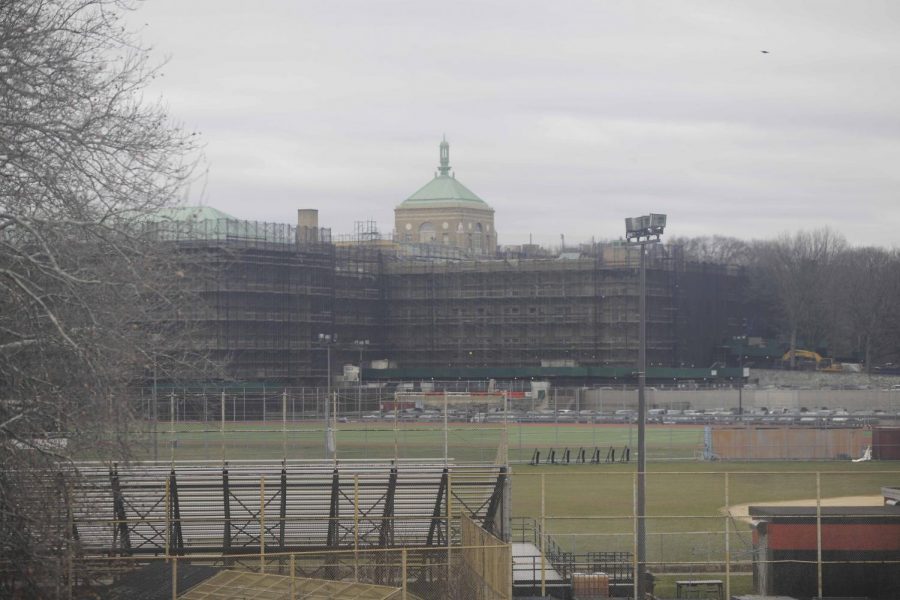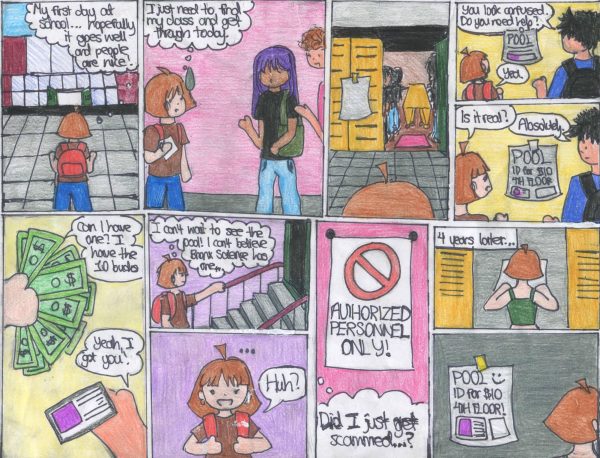The Future of City Planning in New York City
The DeWitt Clinton building dates from 1929, and it is still in use today. In the suburbs, a newer school facility would have been built by now, but in New York City, due to paucity of funds for new school construction and a variety of other political factors, many school buildings are decades old with no plans for new buildings in the near future. This is symptomatic of a larger problem with city planning, as addressed in this editorial.
While new Whole Foods, new Citibike stations, and new brunch places are welcomed by many neighborhoods, they are aesthetically pleasing band-aids slapped over New York City’s real problems, which have been created by well-meaning wealthy politicians and entrepreneurs. The city’s lack of basic necessities like reliable public transit, equitable housing, and functioning infrastructure often are overlooked, and these are devastating problems, especially to the poorest New Yorkers. There is no clear political solution to these issues, although many solutions have been proposed over the past decade. As the city’s population balloons, these problems only increase in severity.
Though the future might seem bleak, there lies hope in city planning.
Though the future might seem bleak, there lies hope in city planning. New York is a city that set the status quo for city planning since 1916 with the nation’s first comprehensive zoning solution. That also means that New York City is an old city, with old buildings and old infrastructure. Our city planners have to tackle some big issues and try to pull New York out of the twentieth century and modernize the city. As cities around the world become more modern with beautiful design, green technology, and improved living conditions, New York City needs to catch up.
Recognizing the issues that our city faces, Mayor Bill de Blasio enacted OneNYC in 2007, an initiative designed to increase the quality of living, sustainability, and modernity of the city. OneNYC was an ambitious plan from the start, and many people criticized it, but it has made solid progress towards achieving its goals. The creation of new parks, new cultural centers, and rent stabilized housing has allowed New Yorkers to breathe a little easier.
New York’s city planners have many obstacles in front of them, but they need to tackle issues head on and bring new ideas to the table. Eco-friendly living, improved transit, less car congestion, and more art and design should be at the forefront of every city planner’s mind. New York City only deserves the best in this regard.
Christina Papageorgiou is Managing Editor of the ‘The Science Survey’ and Copy Editor of ‘The Observatory.’ Christina enjoys writing to deepen...











